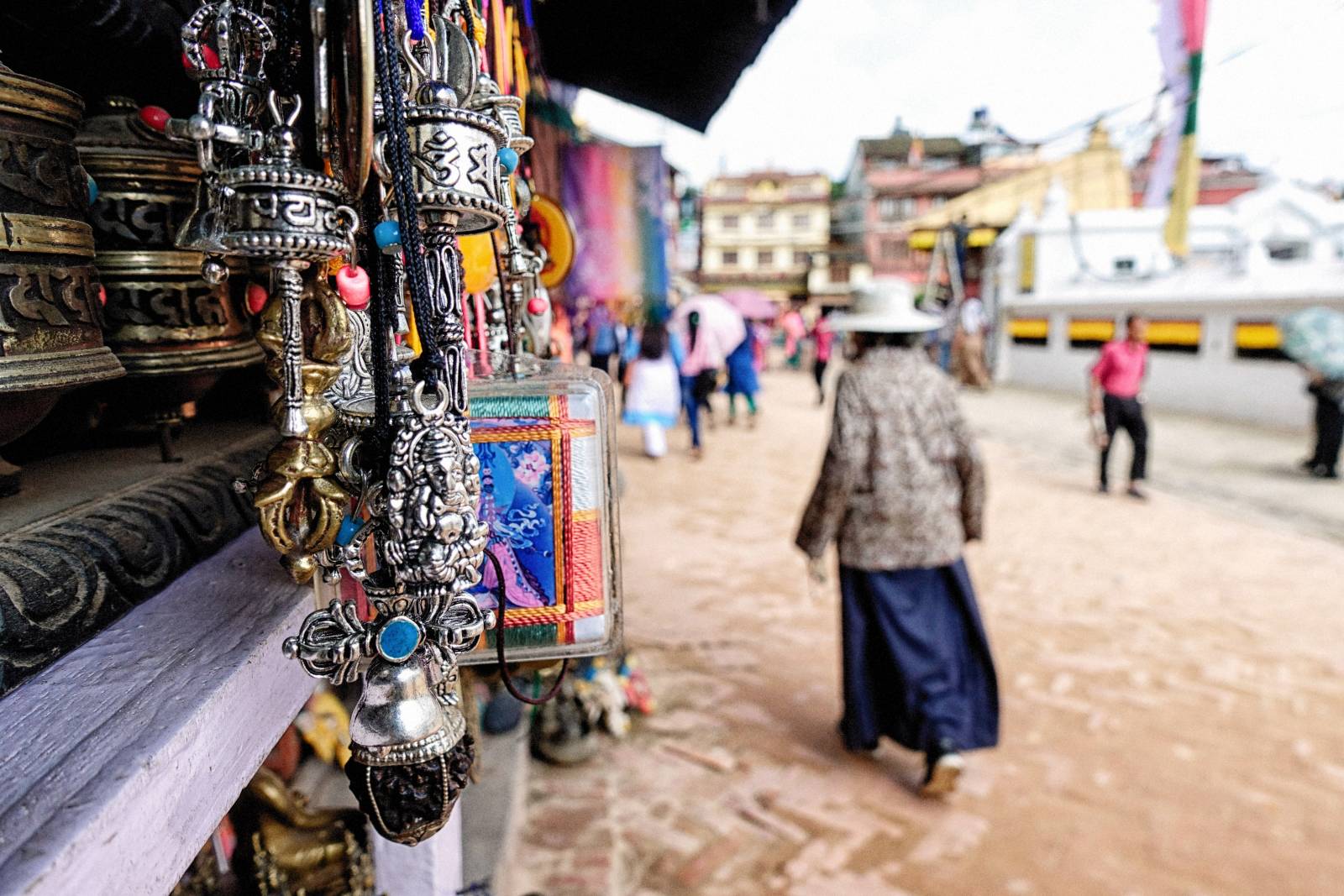Hepatitis B virus (HBV) infection is a global public health problem1, 2. It is ubiquitous and heterogeneous. HBV infection can result either as an acute hepatitis B infection or a chronic hepatitis B (CHB) infection, i.e. more than six months. The majority of acute hepatitis B virus infection is self-limiting. People with CHB are at risk for serious illness and death, nearly one-fourth of them will eventually die from HBV-related liver disease, including cirrhosis and hepatocellular carcinoma1, 2. The early age of the transmission, i.e. during the first week of life (perinatal period) has a high risk of CHB. The infection is vaccine preventable and treatable; a three-dose vaccine series with first dose within 24 hours after birth is very effective to prevent the infection and a treatment guideline has been available for the CHB3.
National prevalence of the hepatitis B infection in Nepal is low, i.e. less than one percentage 4. However, there is a substantial disparity within the national prevalence. The infection is disproportionately high among the indigenous people, ranging between 1 and 38 percentages4-6. In some indigenous communities, nearly one-fifth of mothers are infected, and nearly one-half of the children who are living with HBV positive mother are infected7. Considering the low prevalence setting at the national level, the hepatitis B vaccination is not administered at birth by the National Immunization Program (NIP). Instead, the vaccination series is administered at 6 weeks of age8. The blanket NIP poorly fit the indigenous people as a majority of the infection in the endemic setting transmits during the perinatal period but the existing vaccination does not prevent the perinatal transmission. Thus the indigenous people are getting new infection, as there is no treatment program implemented to halt the dreadful consequences of CHB so far. This calls for an immediate action. A specific intervention along with the vaccination at birth would halt the dire situation. This would positively reflect how modern Nepal, as per its constitution and international commitment9, 10, is aggressively working to protect the human rights and the right to equality in the health of indigenous people.
Reference
- WHO. Global Hepatitis Report 2017 Geneva: World Health Organization; 2017. Licence: CC BY-NC-SA 3.0 IGO. 2017.
- WHO. Hepatitis B vaccines: WHO position paper – July 2017. 2017.
- WHO. Guidelines for the prevention, care and treatment of persons with chronic hepatitis B infection. 2015
- Shrestha SM. Chronic hepatitis B in Nepal: An Asian country with low prevalence of HBV Infection. Tropical Gastroenterology 2012;33(2):95–101. 2012.
- Shedain P JA, Bhattarai KD. Himalayan Seasonal Migration and STI/HIV Infection: A Case Study among Seasonal Migrants in Kathmandu from Dolpa District, Nepal. Journal of Nepal Health Research Council 2006;Vol.4(No.1April).
- Menner A S DS, Kinkel H T, Küpper T. Hepatitis B Prevalence in Upper Dolpo in the Mid Western Development Region/Nepal. http://library.nhrc.org.np:8080/nhrc/handle/123456789/533: Abstracts from Research Reports Indexed at NHRC Library (1991 – 2015), 2016.
- Shedain PR DM, Banjara MR, Ling H, Dhital S. Prevalence and risk factors of hepatitis B infection among mothers and children with hepatitis B infected mother in upper Dolpa, Nepal. BMC Infectious Diseases 2017.
- DOHS. Annual Report, Department of Health Services 2072/73 (2015/2016). 2016.
- Gov.Nepal. The Constitution of Nepal. Ministry of Law, Justice and Parliamentary Affairs, Nepal; 2072.
- UN. Transforming our world: the 2030 Agenda for Sustainable Development (SDG). 2015.

